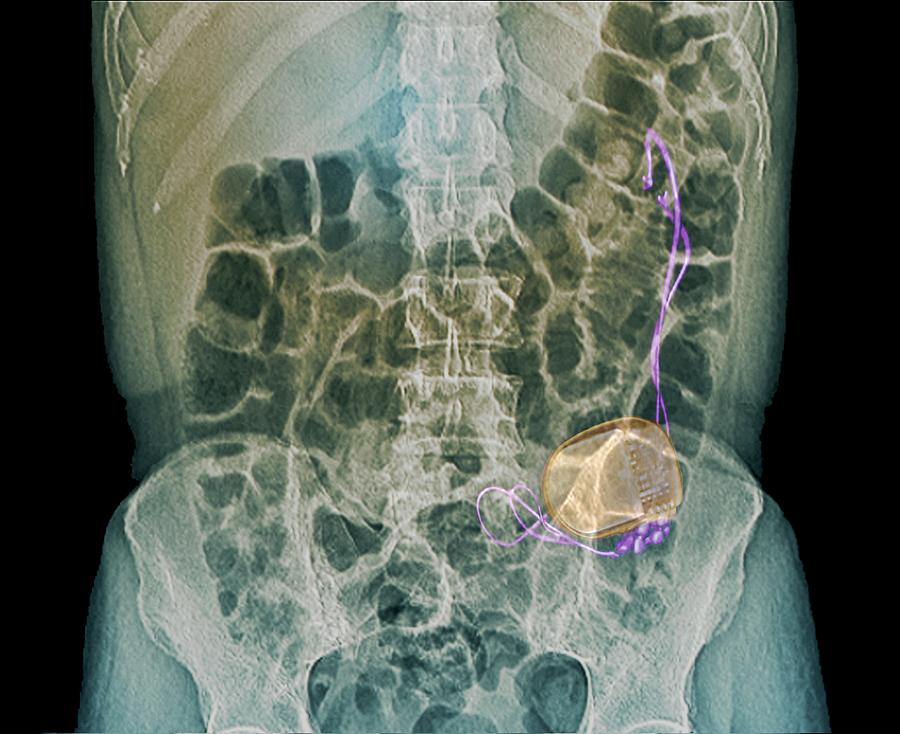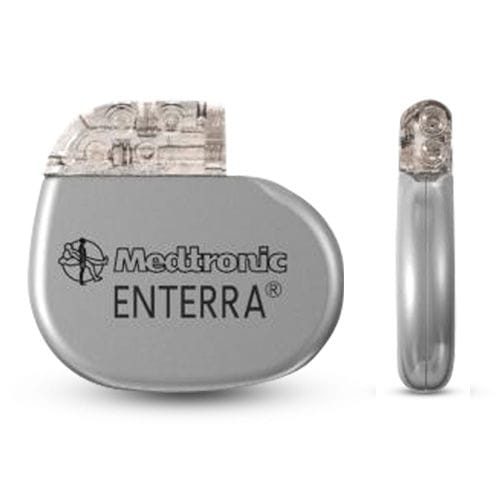

Low-frequency/high-energy GES involves heavy batteries and is not suitable for implantation it also has a variable effect on the symptoms. Neural sequential GES is not used in humans currently. Three principal methods are currently available: gastric low-frequency/high-energy GES with long pulse stimulation, high-frequency/low-energy GES with short pulse stimulation, and neural sequential GES. Patients with gastroparesis refractory to medical management can be considered for gastric electrical stimulation or gastric pacing. This impairs quality of life, and incurs considerable cost to the health services. Despite optimal medical therapy, patients with refractory gastroparesis require frequent hospitalizations. This is a key consideration in the management of refractory gastroparesis and limits the need for further intervention. observed a substantial improvement in dyspeptic symptoms in patients after administration of prokinetics 2.5 hours before meals. Timing of prokinetic administration to ensure a high bioavailability of the prokinetic is an important consideration. The cornerstone of treatment is symptomatic medical management including dietary modification, prokinetics, and nutritional supplementation. Patients who suffer from gastroparesis often report a significant reduction in their quality of life. Gastroparesis is characterised by a delay in gastric emptying in the absence of any physical obstruction. Gastric electrical stimulation (GES) is a surgically implanted treatment option for treating gastroparesis resistant to medical therapy. A consensus view on essential preoperative assessment and postoperative measurement is needed.

While current evidence has shown a degree of efficacy in these patients, high-quality, large clinical trials are needed to establish the efficacy of this therapy and to identify the patients for whom this therapy is inappropriate. The evidence in support of gastric electrical stimulation is limited and heterogeneous in quality.

Included studies suggested significant reductions in symptom severity reporting over the study period, but improvements in gastric emptying time were variable and rarely correlated with symptom improvement.

There was a variation in outcome measures and follow-up methodology. 1139 potentially relevant articles were identified, of which 21 met the inclusion criteria and were included. A systematic review of PubMed, Web of Science, DISCOVER, and Cochrane Library was conducted using the keywords including gastric electrical stimulation, gastroparesis, nausea, and vomiting and neuromodulation, stomach, central nervous system, gastric pacing, electrical stimulation, and gastrointestinal. To systematically appraise the current evidence for the use of gastric electrical stimulation and suggest a method of standardisation of assessment and follow-up in these patients. Gastric electrical stimulation (GES) is a surgically implanted treatment option for refractory gastroparesis.


 0 kommentar(er)
0 kommentar(er)
